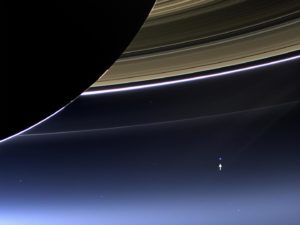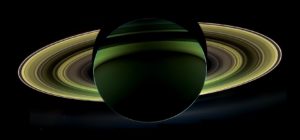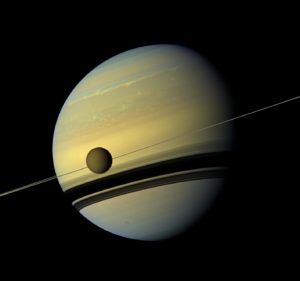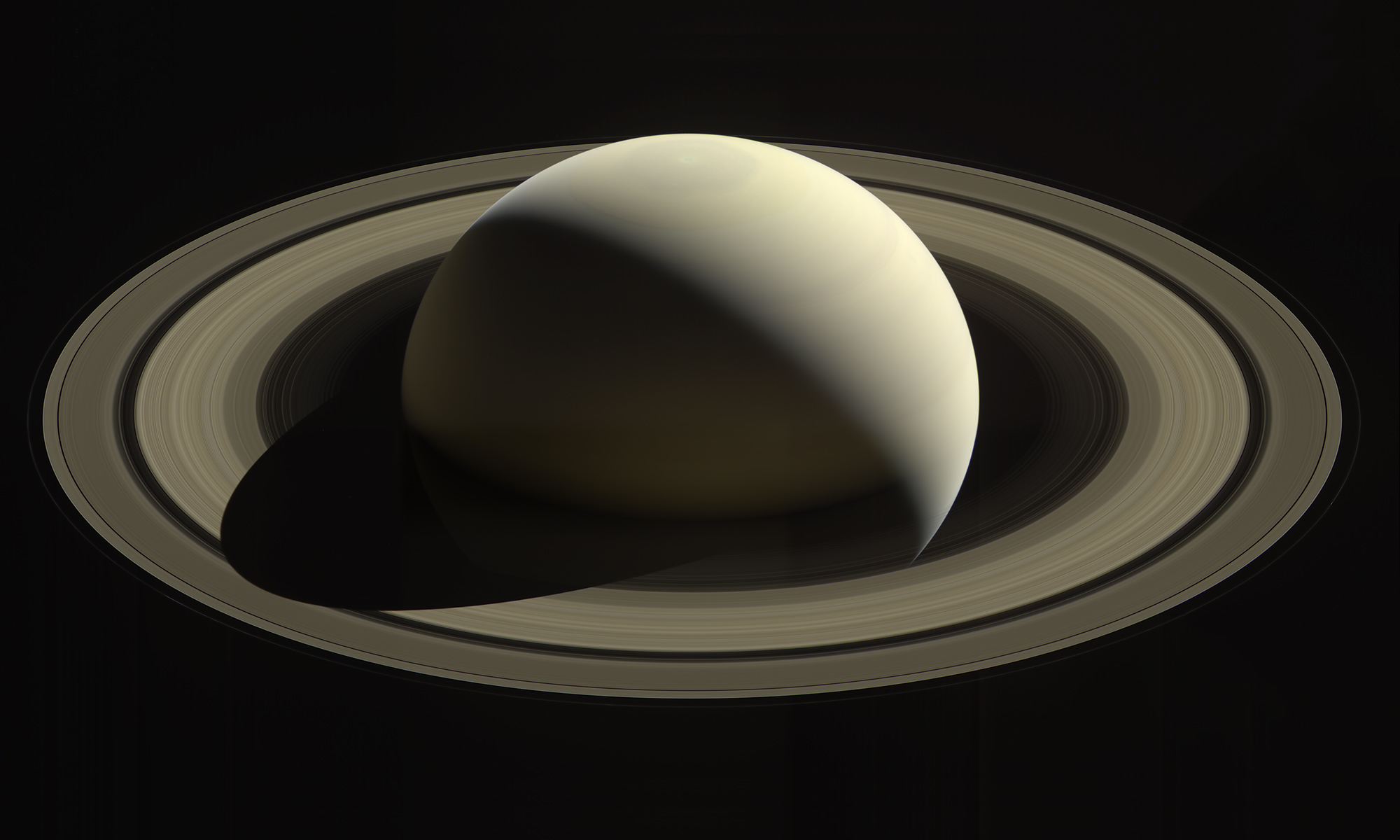On Friday, September 15th, the historic Cassini mission, an international endeavour, led by NASA and ESA, came to an end. The Cassini spacecraft plunged into Saturn’s atmosphere after almost 20 years in space and a 13- year-long exploration of the ringed planet and its surroundings.
The final signal from the spacecraft some 1.4 billion km from Earth was received on Earth at 4:55 a.m. PDT (7:55 a.m. EDT) by NASA's Deep Space Network antenna complex in Canberra, Australia.

Credit: NASA/JPL-Caltech/Space Science Institute
After diving into Saturn’s atmosphere, loosing contact with earth and burning up, the Cassini spacecraft became part of the planet it had been exploring for 13 years. The fate of the spacecraft, running low on rocket fuel, was deliberately chosen to ensure Saturn’s many moons remaining pristine for future explorations, not getting contaminated by an accidental collision.
The Cassini mission to Saturn was one of the most ambitious efforts in planetary space exploration ever undertaken. A mission born from a vision in the 1990s, being the result of the international collaboration and effort of over 5000 scientists from 26 nations and many institutions revolutionized our view of Saturn, its moons and everything surrounding it.
Imagination will often carry us to worlds that never were. But without it we go nowhere. - Carl Sagan
"This is the final chapter of an amazing mission, but it’s also a new beginning,” said Thomas Zurbuchen, associate administrator for NASA's Science Mission Directorate at NASA Headquarters in Washington. “Cassini’s discovery of ocean worlds at Titan and Enceladus changed everything, shaking our views to the core about surprising places to search for potential life beyond Earth."
Cassini launched on October 15, 1997 from Cape Canaveral in Florida. After a seven-year journey, it arrived at Saturn on June 30, 2004.
No mission has ever explored a planetary system as rich as Saturn's in such depth for so long. - Carolyn Porco
The mission was extended twice, first for two, then for seven more years, providing dozens of flybys of Saturn's icy moons. Cassini finished its tour of the Saturn system with its Grand Finale, a set of orbits, 22 weekly dives beginning in late April this year, through the roughly 1,200-mile-wide (2,000-kilometer-wide) gap between Saturn and its rings. No other spacecraft had ever explored this region before. The Grand Finale concluded with the final plunge of the spacecraft into the planet on September 15th.

Credit: NASA/JPL-Caltech/SSI
Cassini was a highly sophisticated spacecraft and an advance over Voyager. Being 6.7 meters high and 4 meters wide, the Cassini spacecraft was bigger and equipped with much more sophisticated scientific instruments. It also carried the European Space Agency’s Huygens probe that successfully landed on the surface of Saturn’s largest moon Titan on January 14, 2005, which marked the first landing on a moon in the outer solar system.
While the Voyager and Pioneer flybys of the 1970s and 1980s had provided only rough ideas of Saturn’s moons, Cassini discovered previously unknown moons including an entire class of small bodies embedded within Saturn’s rings, solved mysteries about known ones, studied their differences and their interactions with the rings and made a plethora of spectacular new discoveries.

Credit: NASA/JPL-Caltech/SSI
Over 13 years, Cassini has studied Saturn's atmosphere, rings and 60-plus moons in unprecedented detail, has beamed back to Earth hundreds of gigabytes of scientific data and more than 450,000 pictures and enabled the publication of more than 3,000 scientific reports. The results have shifted our understanding of the solar system and redirected the search for life in the universe.
Cassini found liquid-methane lakes on Saturn’s largest moon Titan, the first moon in the outer solar system landed on, by Cassini’s Huygens probe. Titan was revealed as an Earth-like world with rain, rivers, lakes, and seas, giving rise to speculation about whether they might contain life and offering an idea of what our planet might have been like before life evolved on earth.

